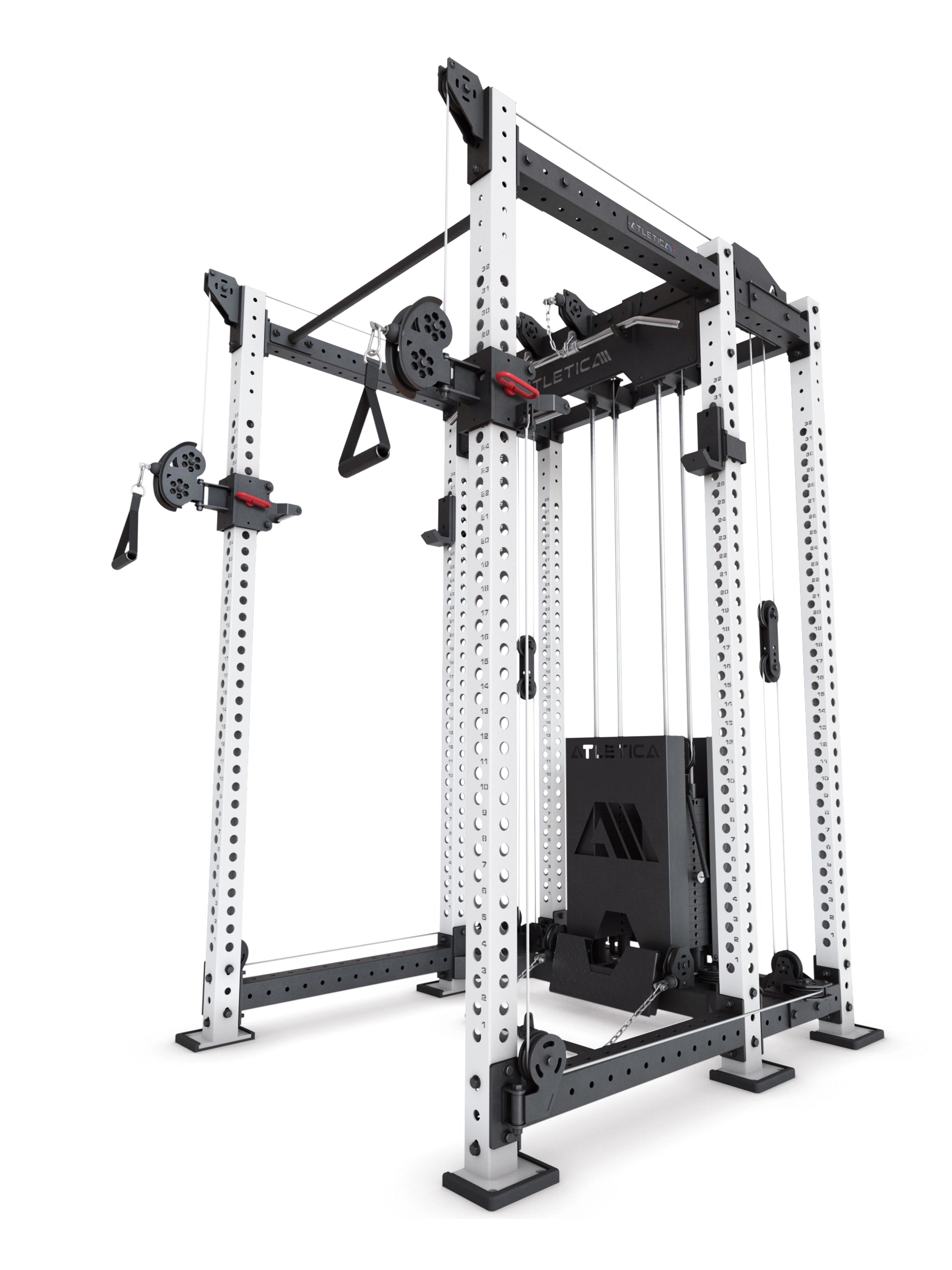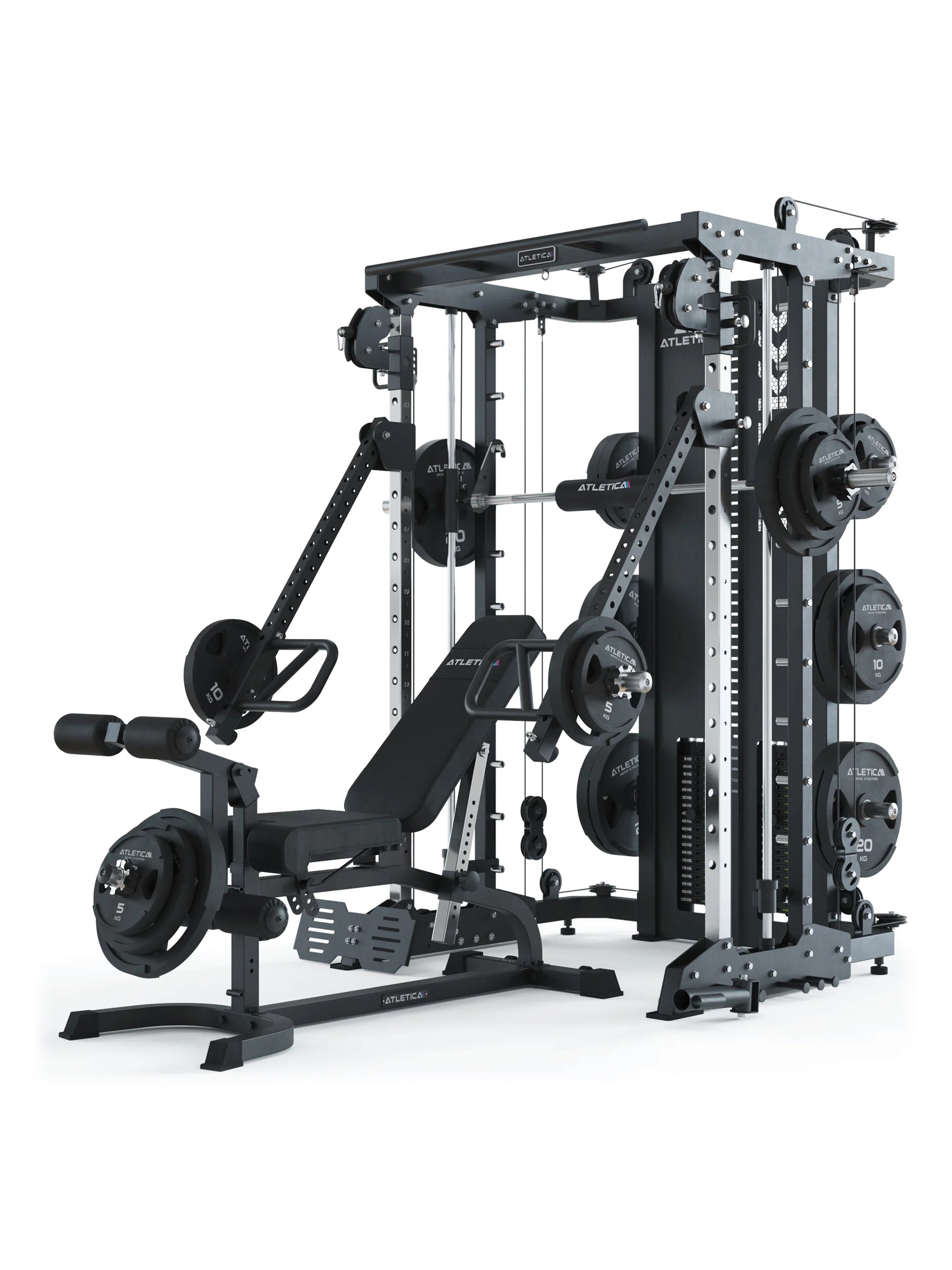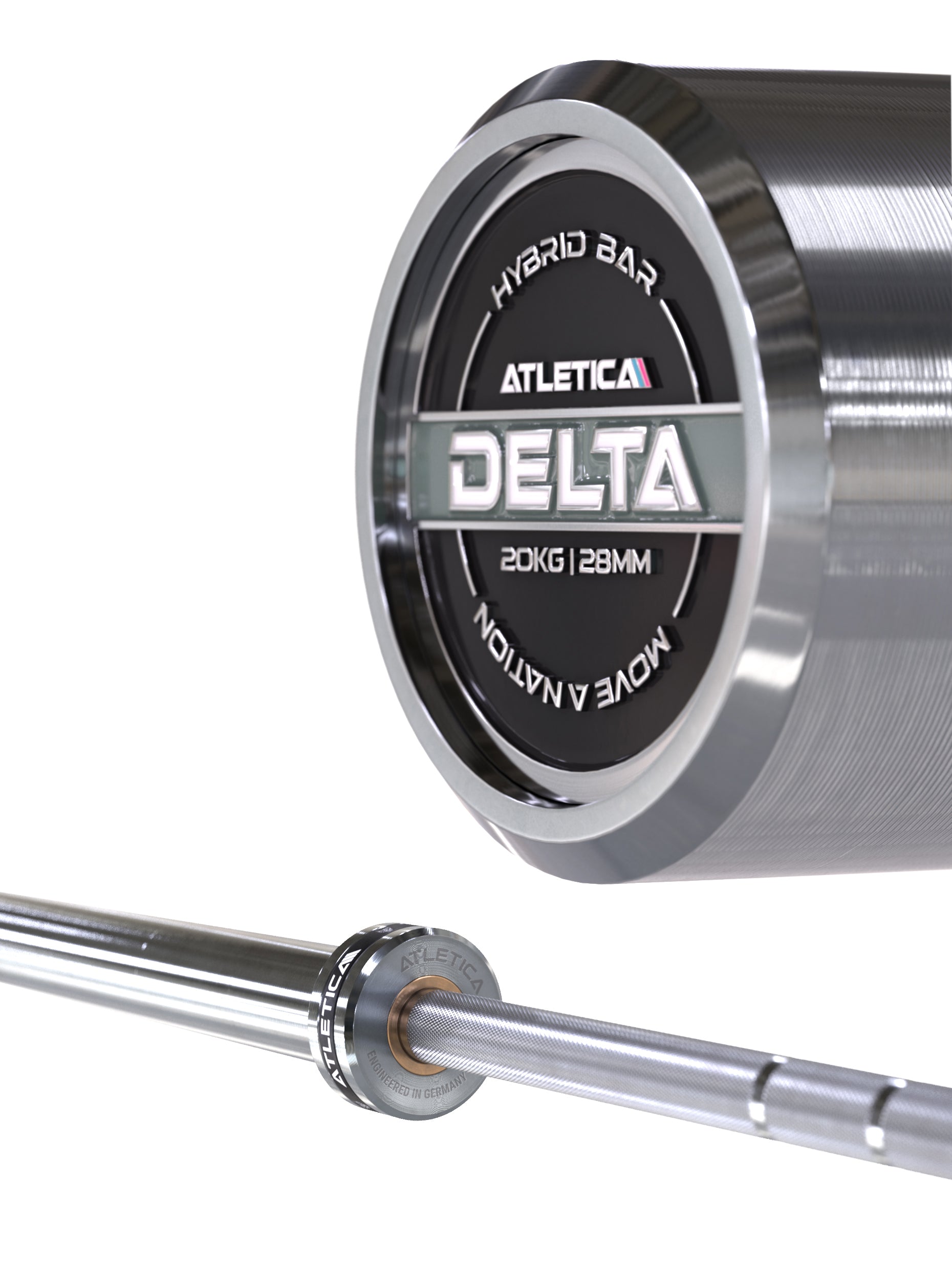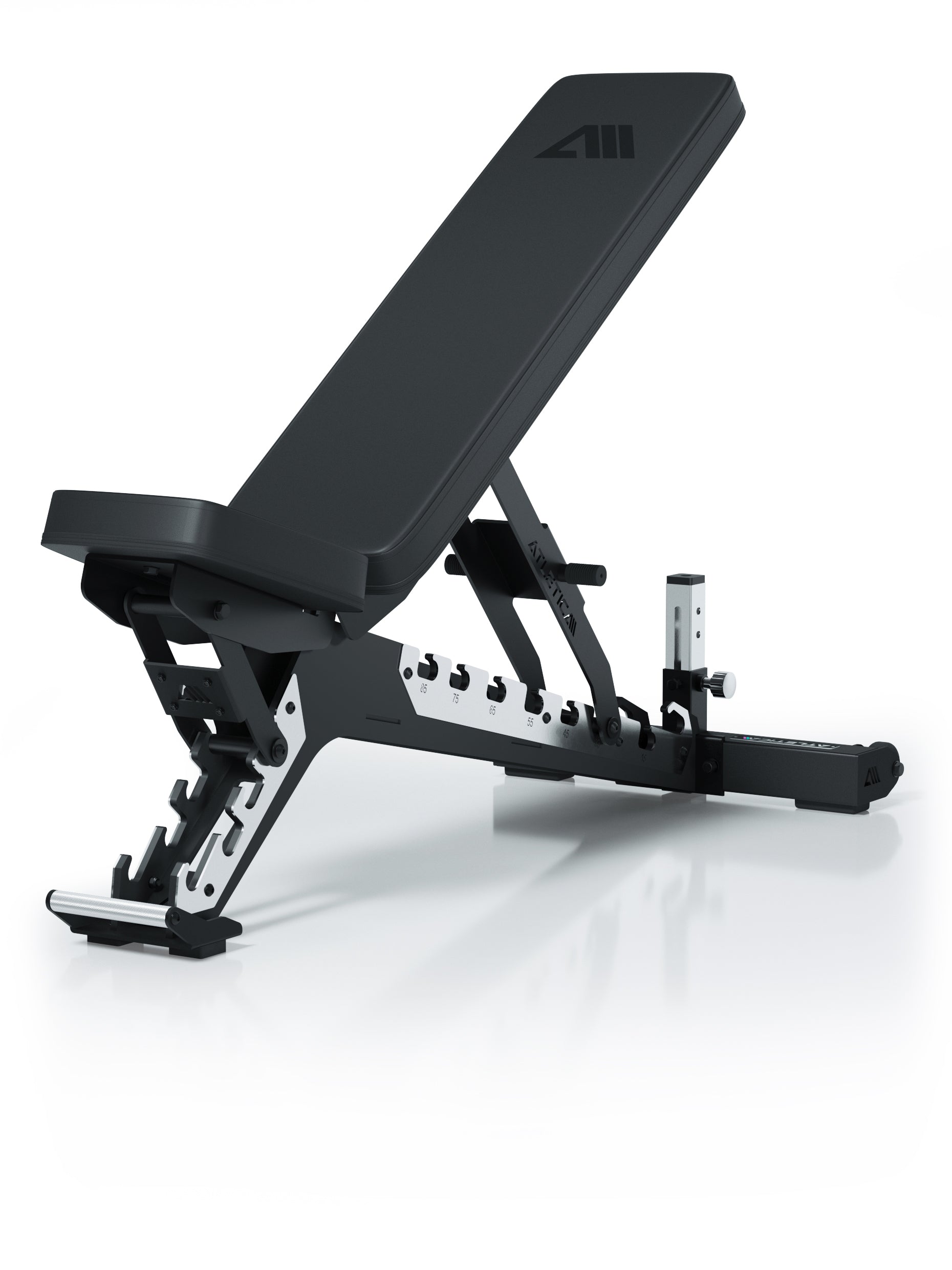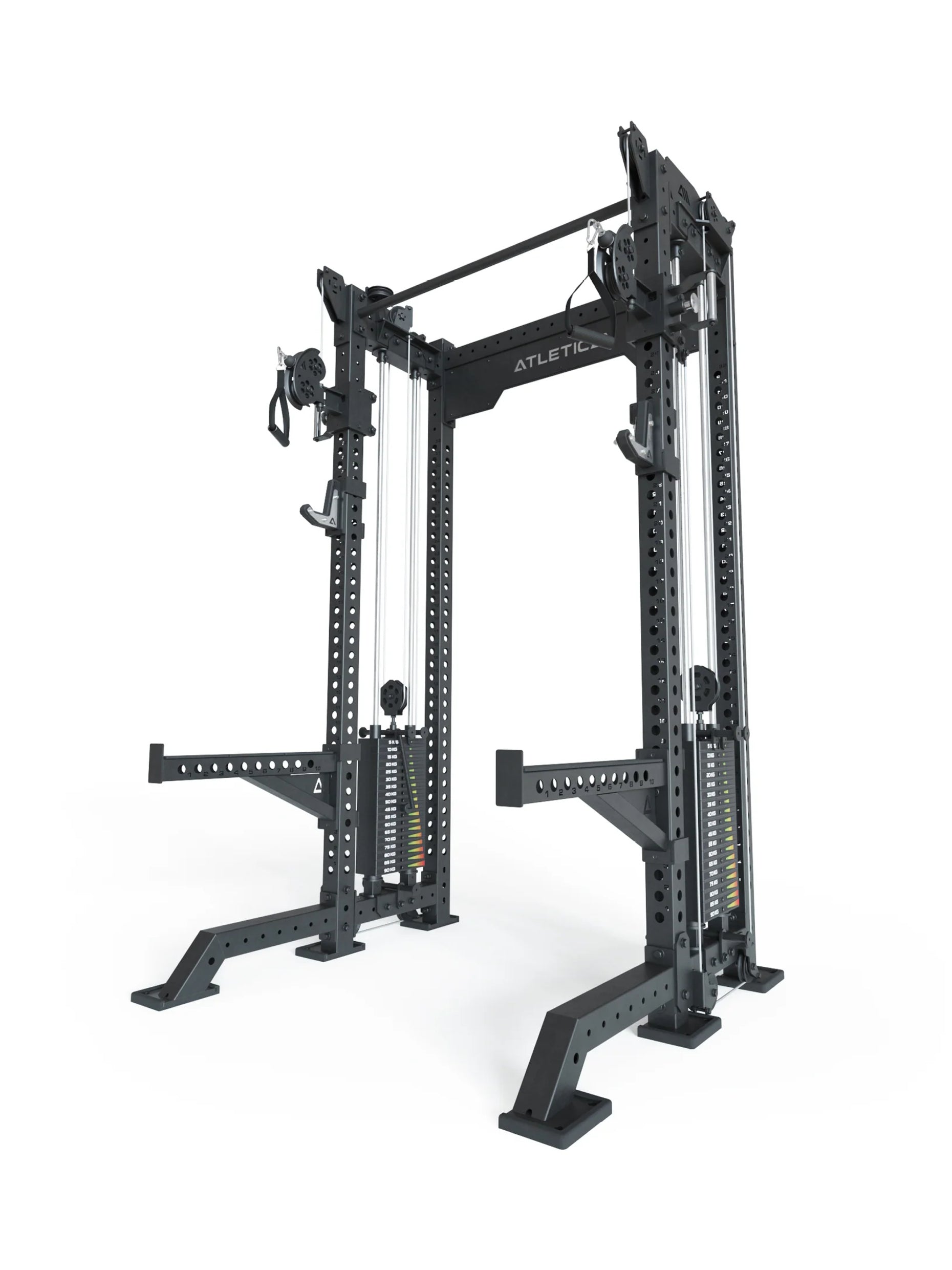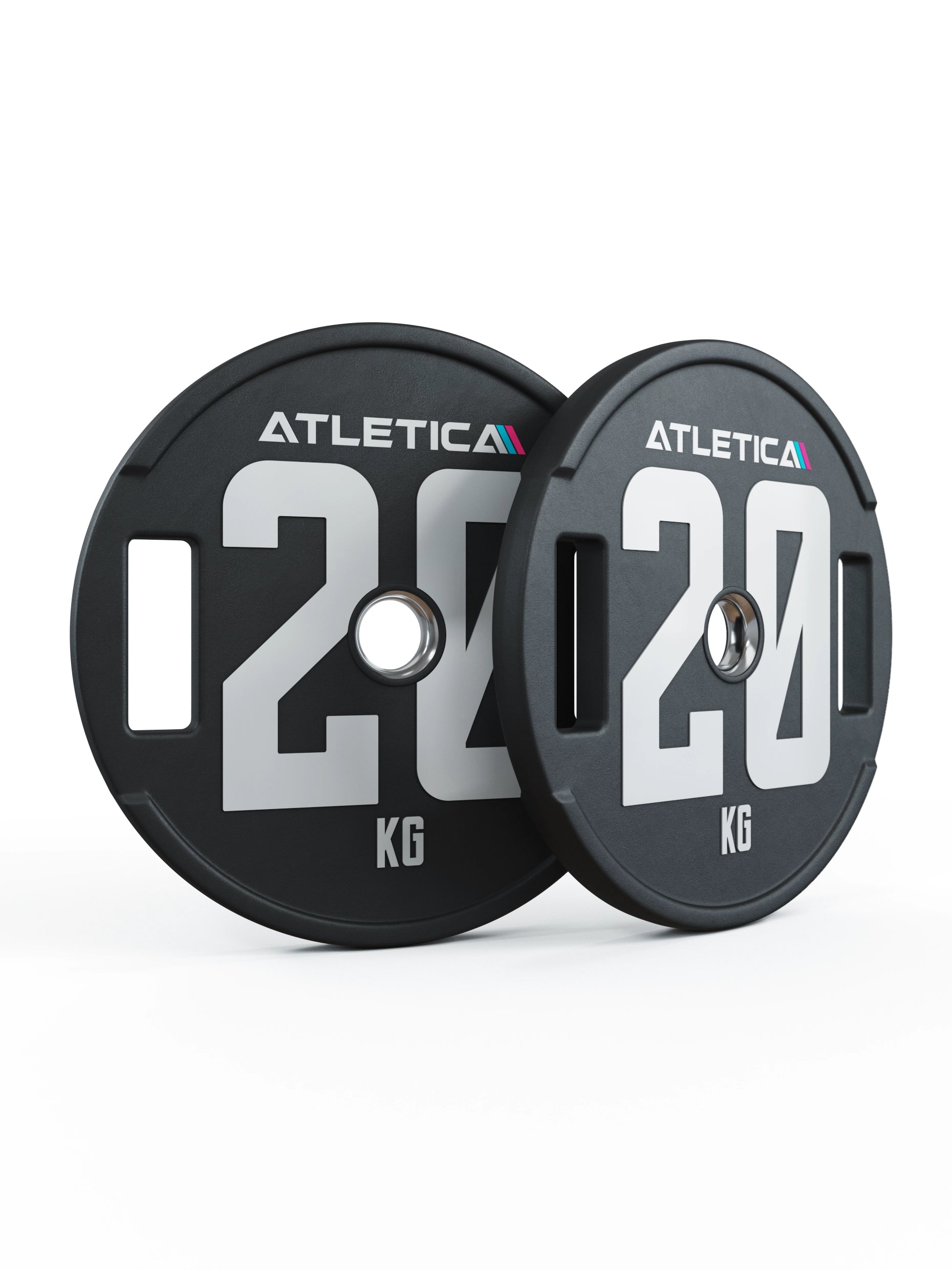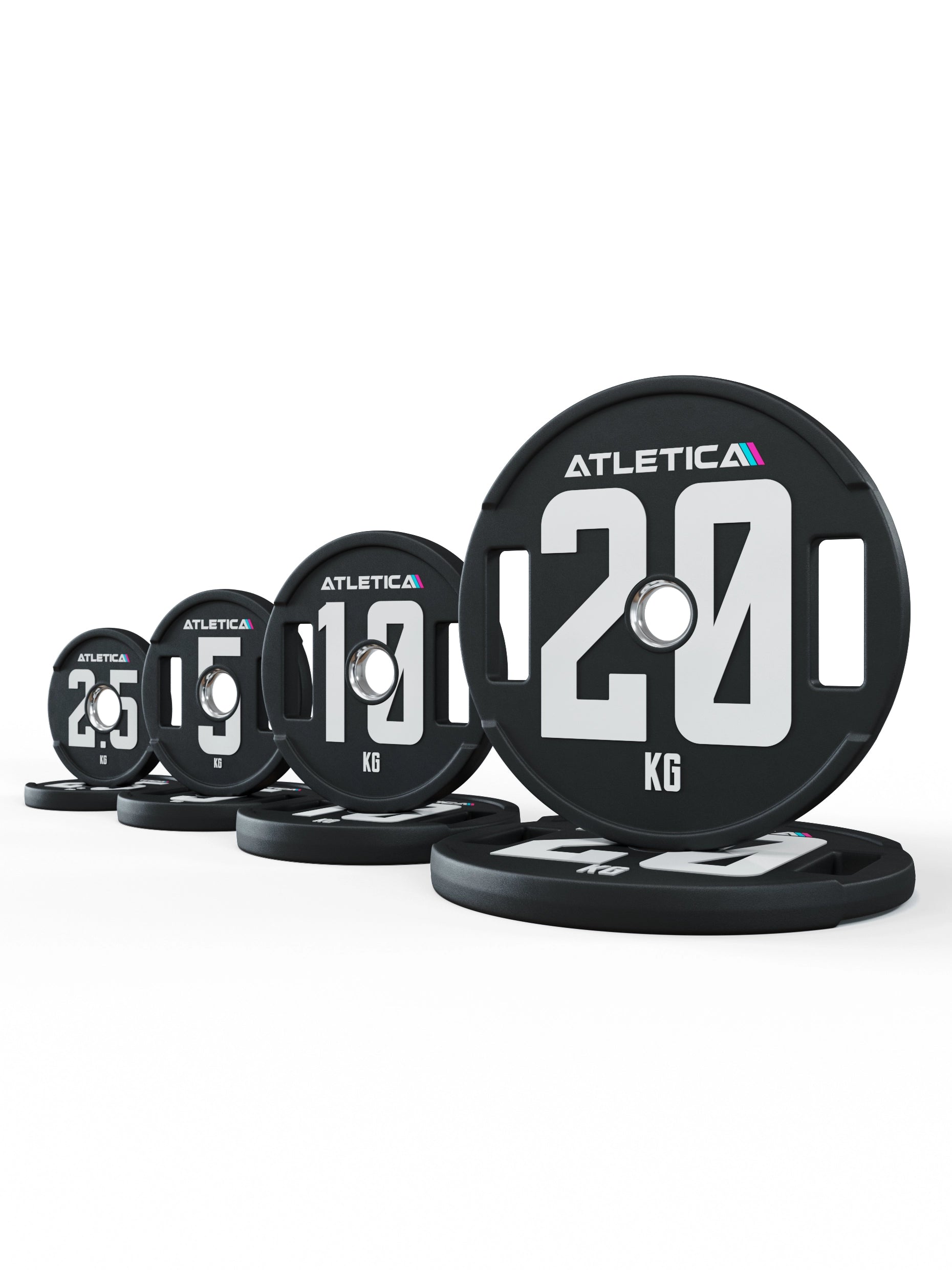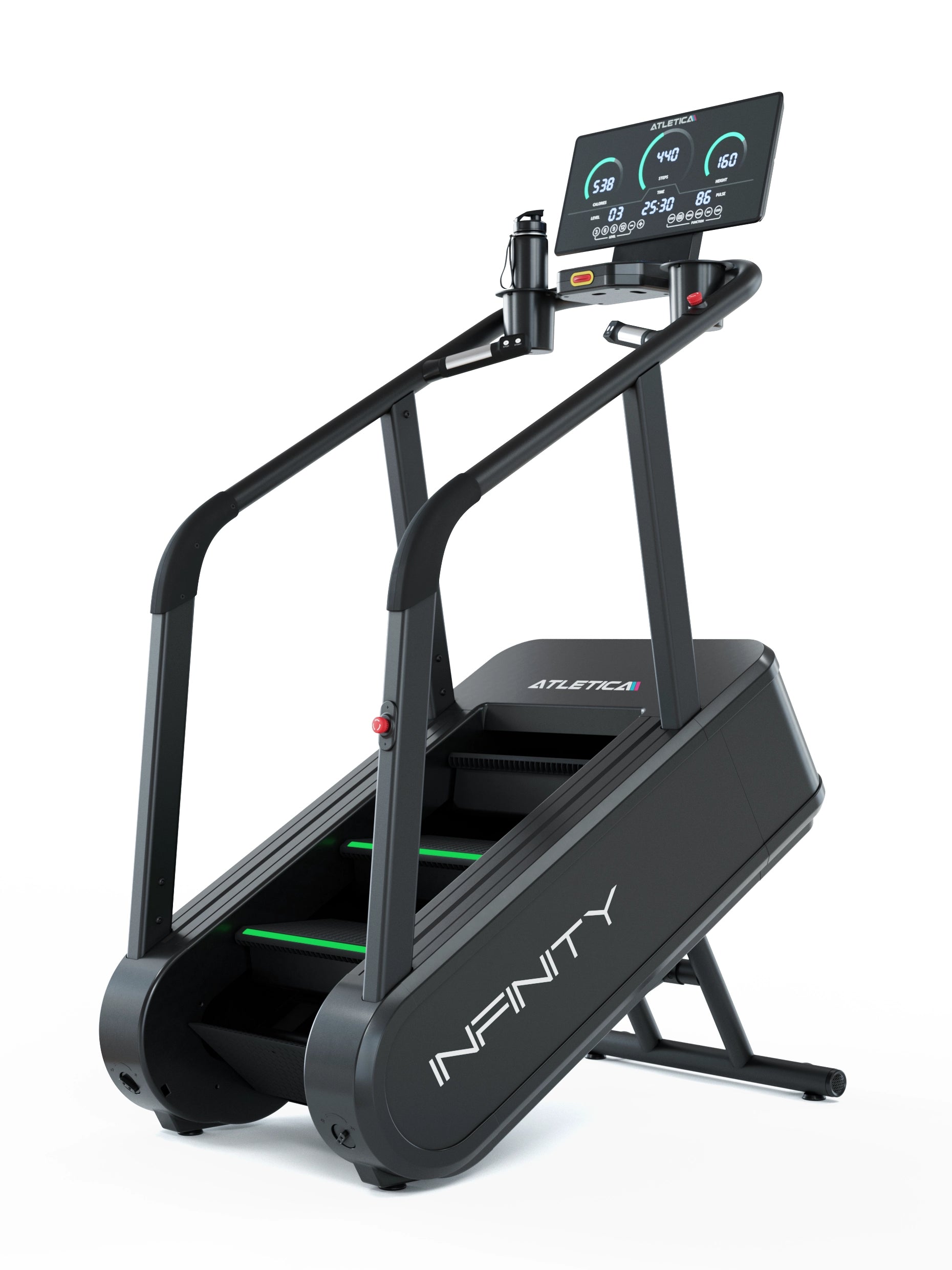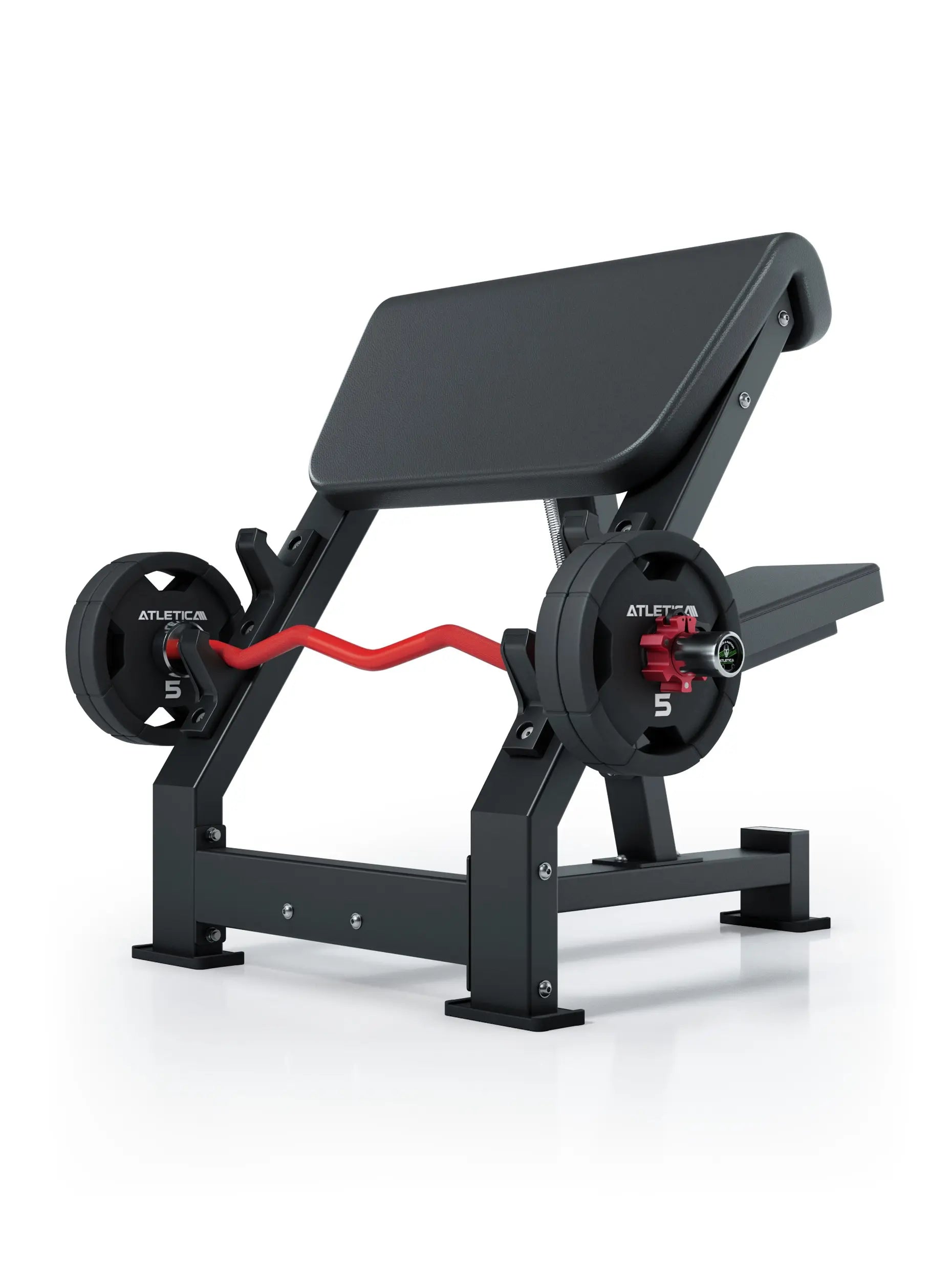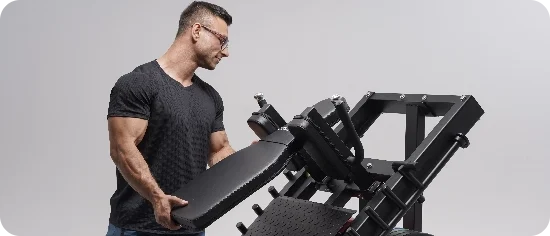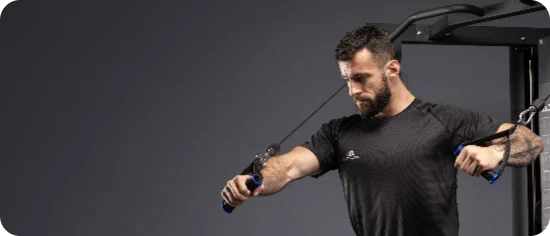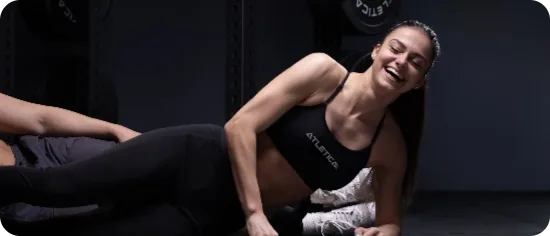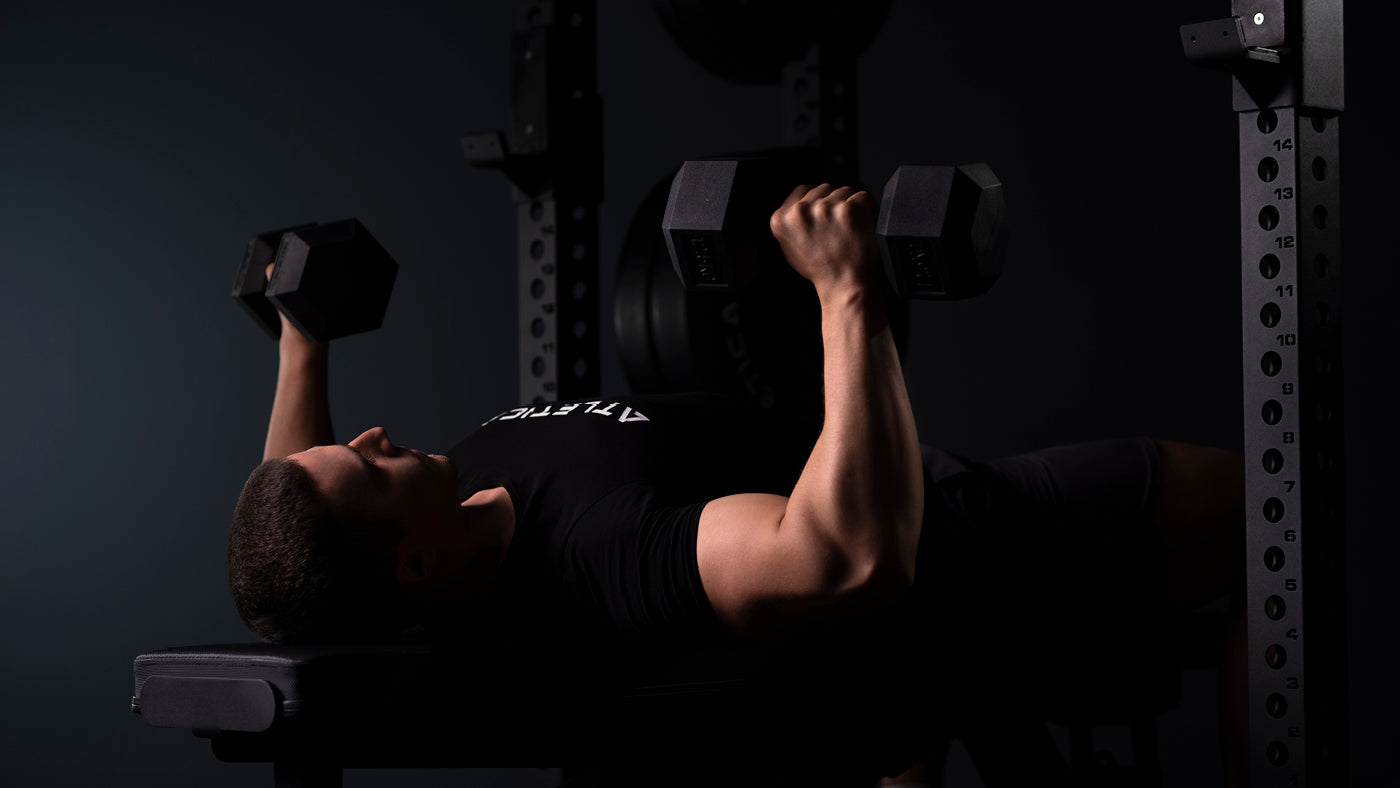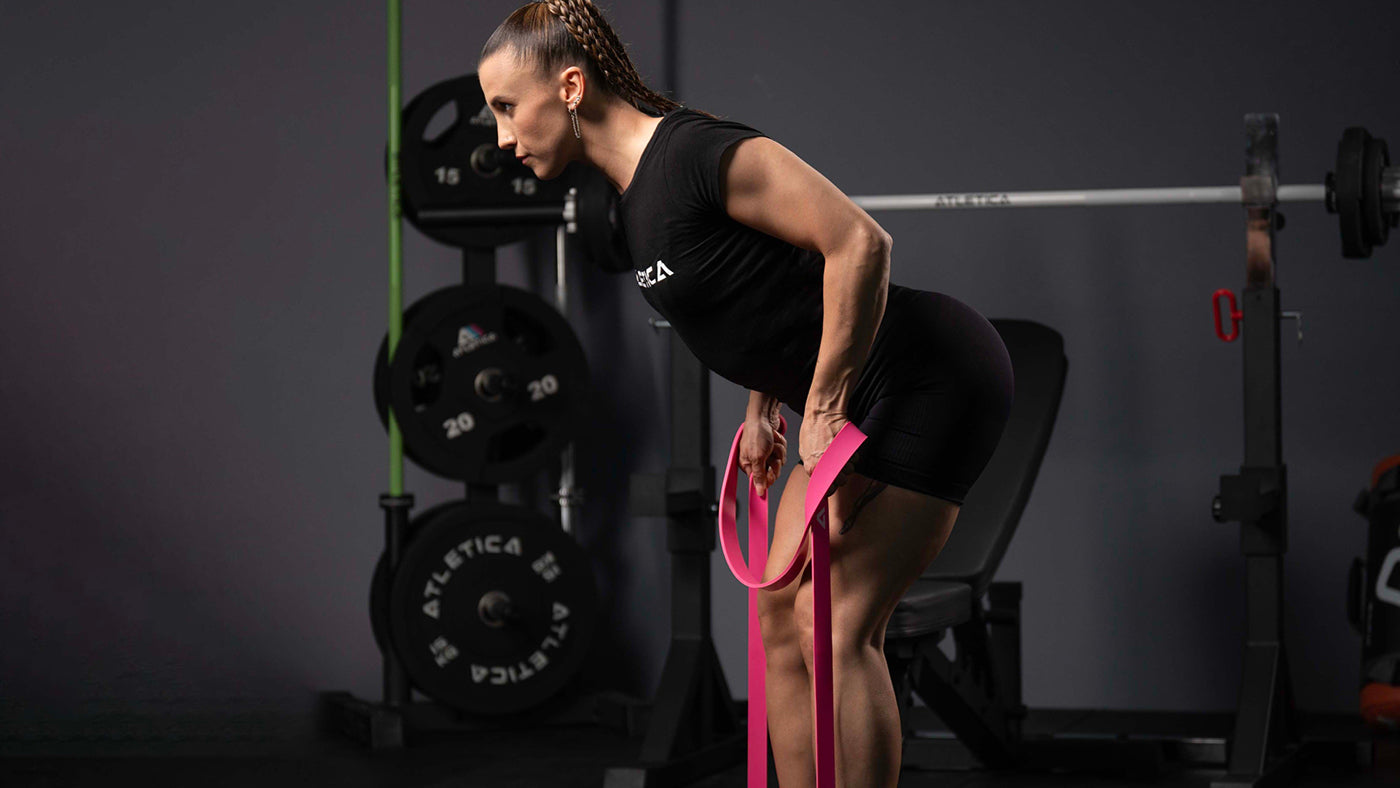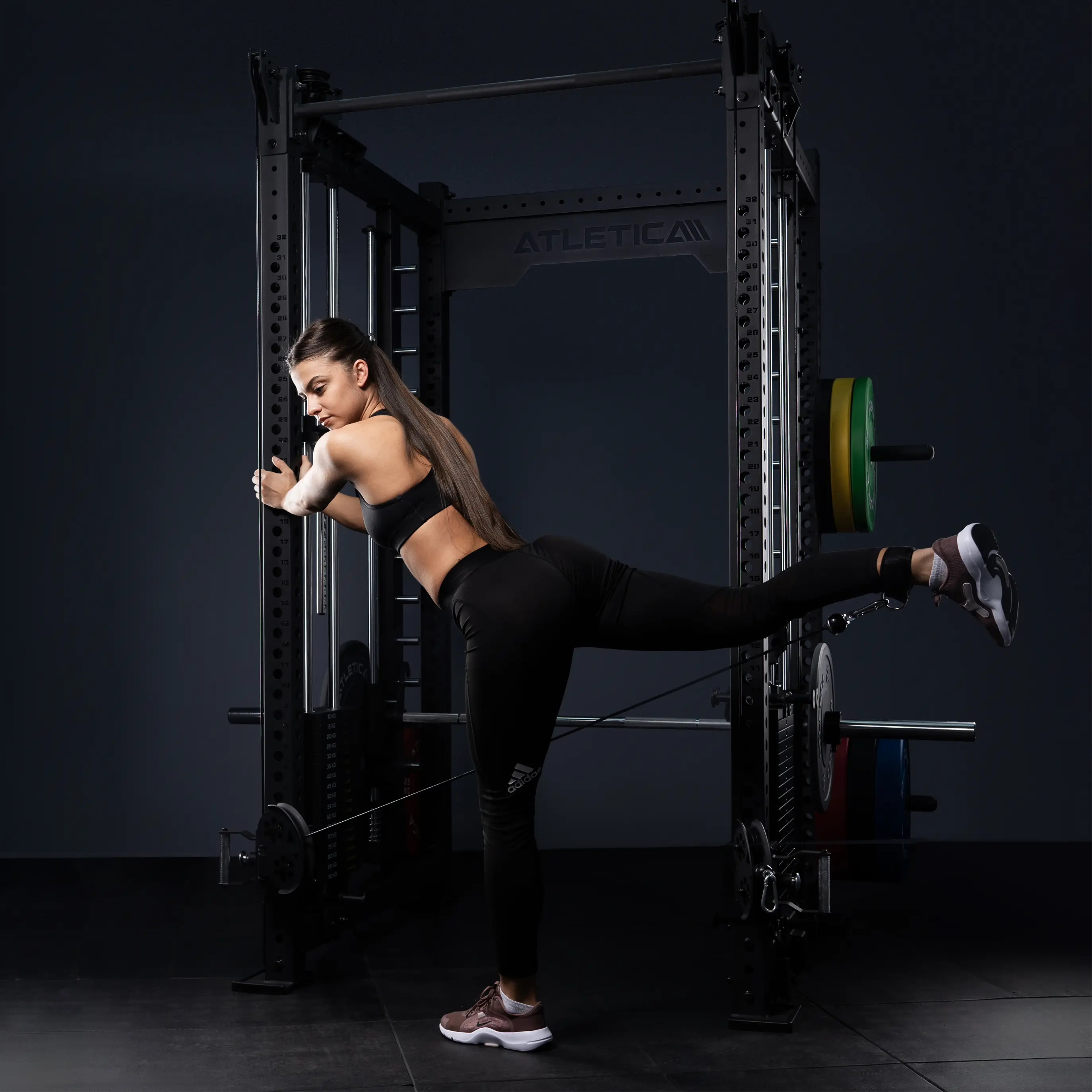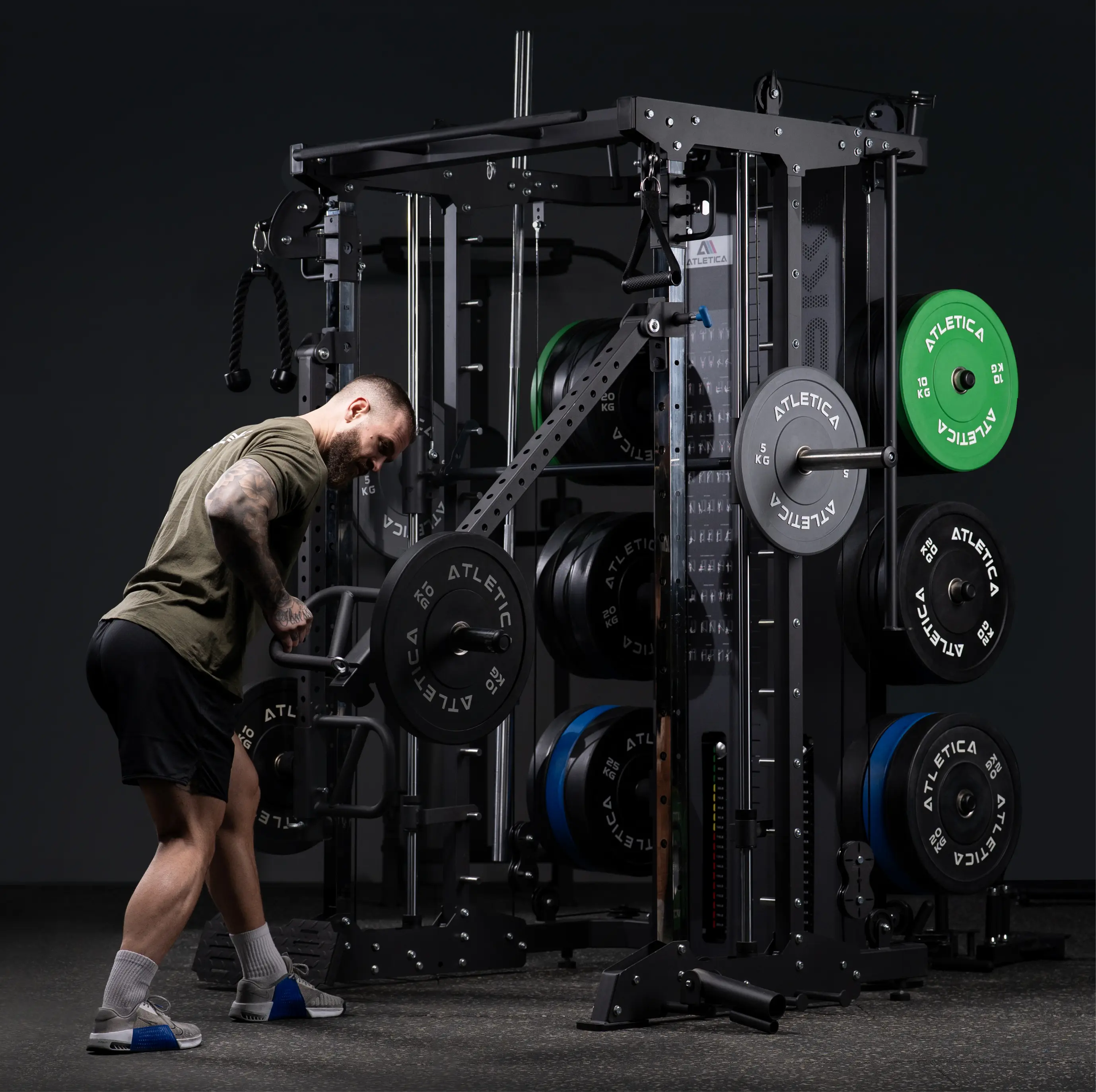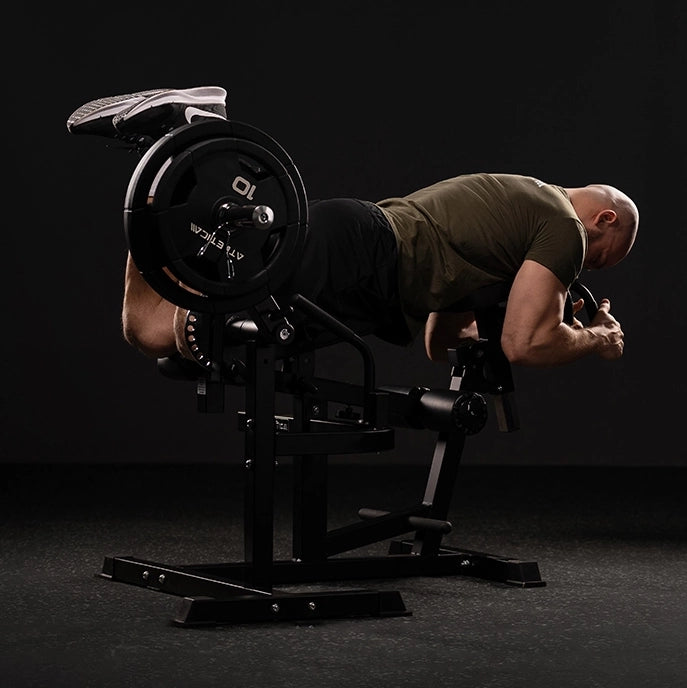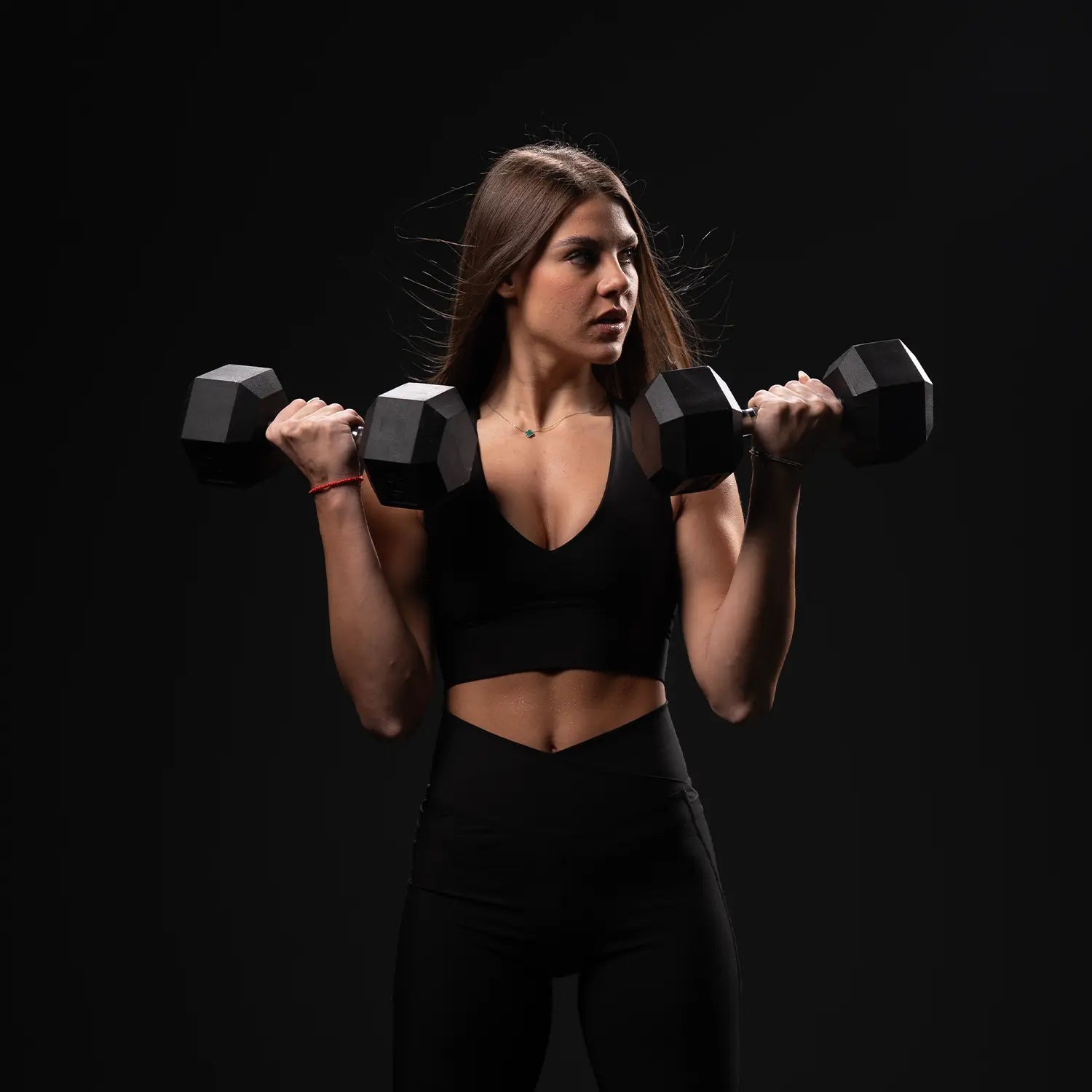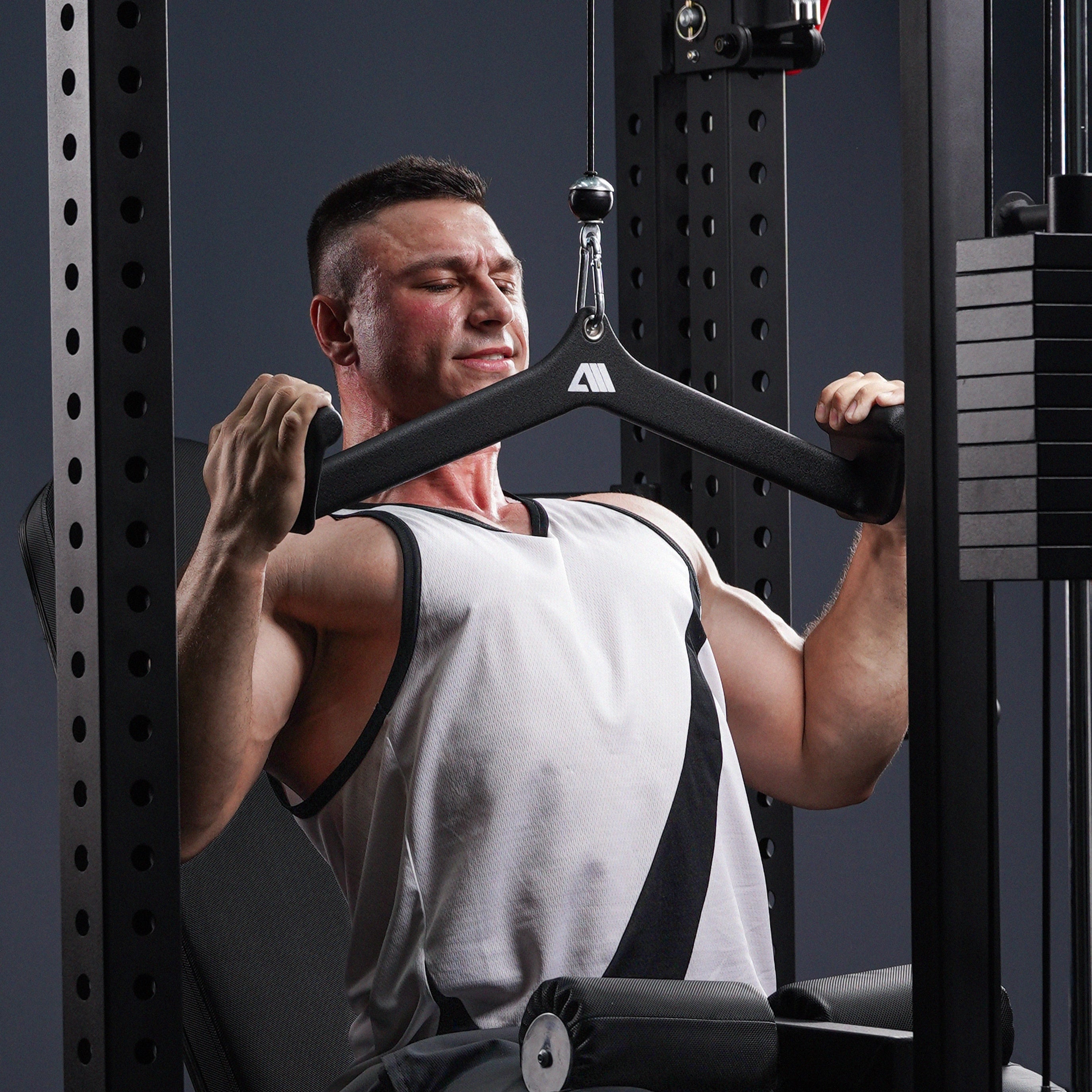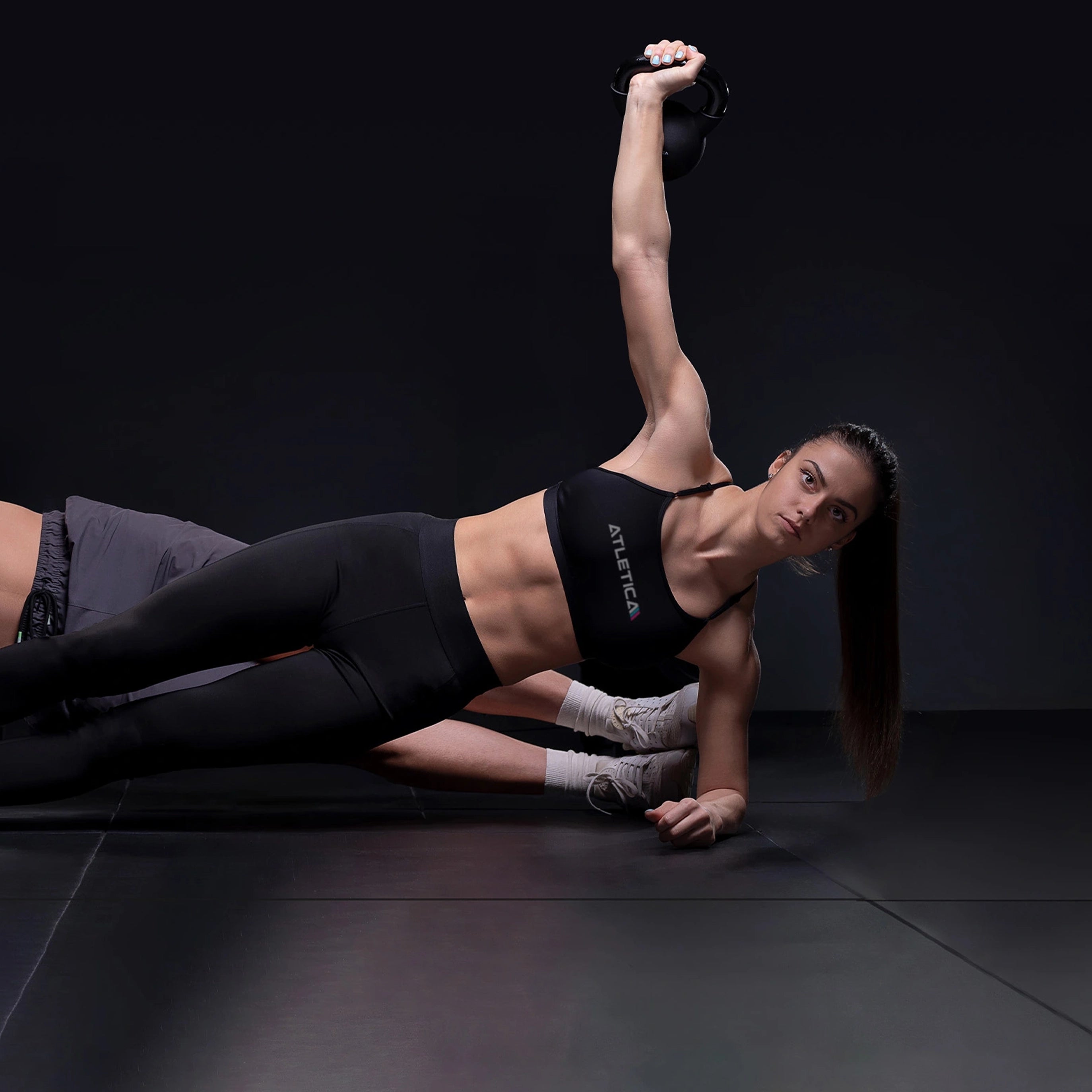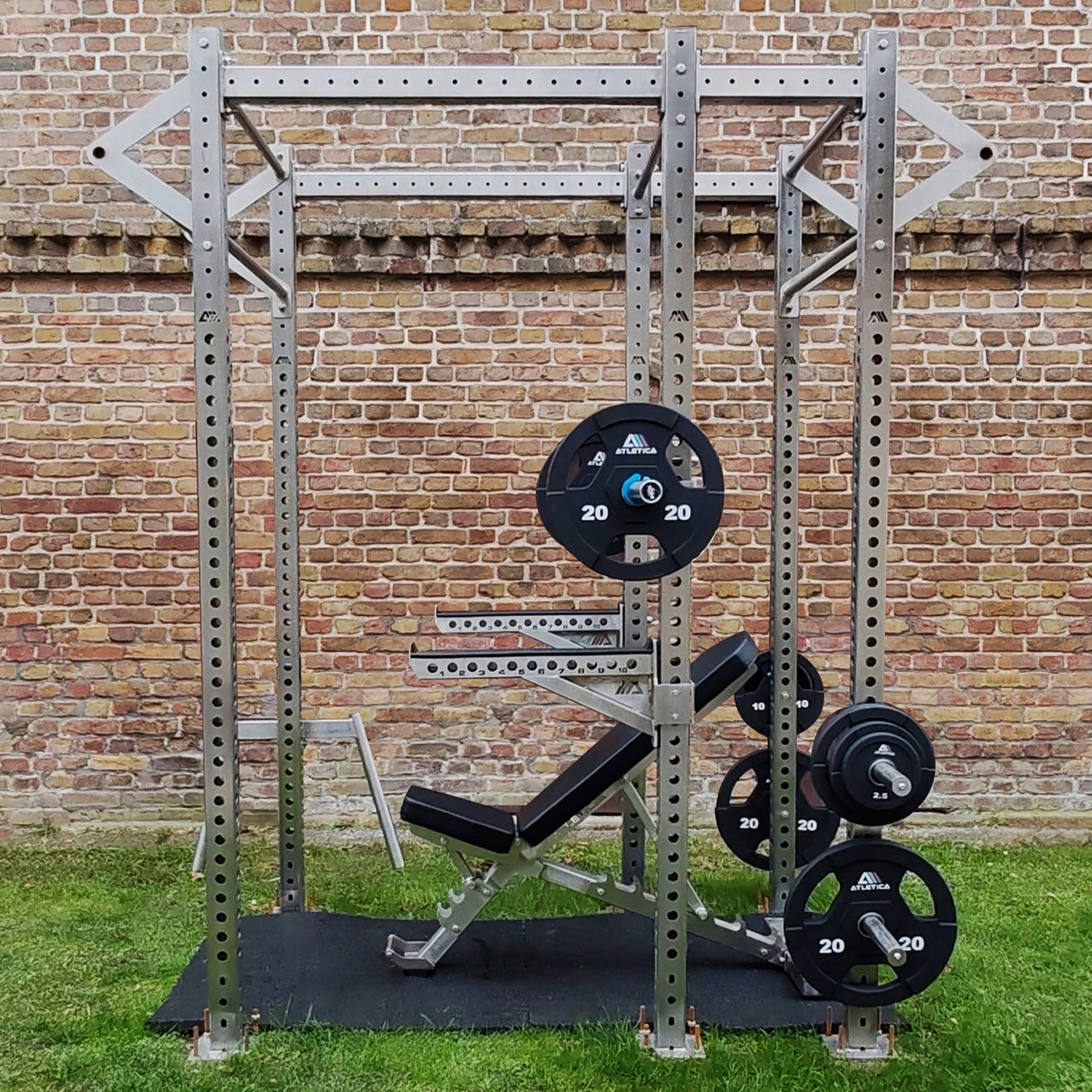Tensioned shoulders and limited mobility? You can counteract this with targeted shoulder stretches! Whether after a long day at your desk, as part of your warm-up, or for recovery – stretching exercises for the shoulders relieve tension, improve posture, and prevent injuries. In the following article, we'll show you why shoulder stretching is so important, which exercises are most effective, and how you can incorporate it into your daily routine. Discover the best tips for relaxed and flexible shoulders now!

What is shoulder stretching?
Shoulder stretching refers to targeted stretching exercises that improve the mobility and flexibility of the shoulder joints and surrounding muscles. The shoulders are a complex joint system consisting of muscles, tendons, and ligaments, offering a wide range of motion. Stretching relieves tension, promotes circulation, and improves posture.
Why is shoulder stretching important?
- Improved mobility: Stretching maintains or increases the range of motion of the shoulder joints, which is beneficial in everyday life and during sports.
- Relieving tension: Shoulders and neck tension can become particularly tense during sedentary activities (e.g., at a desk). Stretching exercises relieve this tension.
- Injury prevention: More flexible muscles and tendons reduce the risk of injury, especially during sudden or intense movements.
- Promotes recovery : After training, stretching helps to relax the muscles and support regeneration.
Which muscles are stretched during shoulder stretching?
- Deltoid muscle: Main muscle of the shoulder, responsible for lifting and rotating movements.
- Trapezius muscle: Muscle in the upper back and neck that supports shoulder movement.
- Rotator cuff: Group of four muscles that stabilize the shoulder joint.
- Chest muscles (pectoralis): Often stretched indirectly during shoulder stretching to improve posture.
When should you do shoulder stretches?
- Before training: As part of a warm-up to prepare the muscles for movement.
- After training: To relax the muscles and maintain mobility.
- In everyday life: When you are tense or after long periods of sitting.

Shoulder stretching is a simple yet effective way to promote shoulder health and relieve tension. Regular stretching contributes to greater well-being and better posture!
Your Atletica Top 5 Shoulder Stretching Exercises
Here are five effective exercises to improve your shoulder mobility, relieve tension, and increase flexibility:
1. Cross-Body Shoulder Stretch
- Target muscles: deltoid, posterior shoulder.
- Execution:
- Stretch one arm straight out in front of you.
- Bring your arm across your torso and hold it close to your body with your opposite hand.
- Hold the position for 20-30 seconds and then switch sides.
- Advantage: Releases tension in the back shoulder and improves mobility.
2. Doorway Stretch
- Target muscles: Chest muscles, front shoulder.
- Execution:
- Stand in a doorway and place both forearms at a 90-degree angle to the edges of the doorway.
- Gently lean your upper body forward until you feel a slight stretch.
- Hold the position for 20-30 seconds.
- Advantage: Stretches the chest and shoulder muscles and improves posture.
3. Arm raises behind the back
- Target muscles: Rotator cuff, lower shoulder.
- Execution:
- Interlace your fingers behind your back.
- Gently pull your hands up and keep your back straight.
- Hold the position for 15–20 seconds.
- Advantage: Promotes shoulder mobility and opens the chest area.
4. Child's Pose with Shoulder Stretch
- Target muscles: trapezius muscle, lateral shoulder.
- Execution:
- Get into child's pose (knees on the floor, arms extended forward).
- Slide one arm under the other and place your shoulder on the floor.
- Hold the position for 20-30 seconds and then switch sides.
- Advantage: Gently stretches the shoulders and upper back.
5. Side neck stretch
- Target muscles: trapezius muscle, neck, upper shoulder.
- Execution:
- Tilt your head to the side so that your ear is towards your shoulder.
- Increase the stretch by gently placing the hand on the same side on your head.
- Hold the position for 20-30 seconds and then switch sides.
- Benefit: Relieves tension in the upper shoulder and neck area.

Tip for shoulder stretching:
Incorporate these exercises regularly into your workouts or daily routine, especially after long periods of sitting or intense shoulder strain. They're easy to perform and help keep your shoulders flexible and pain-free!
Which fitness equipment helps?
Certain fitness equipment can enhance your shoulder stretching by making the exercises easier, increasing your range of motion, or providing additional stability. Here are the best equipment to support your shoulder stretching:
1. Resistance Bands
- Why? : Versatile for gentle stretching and mobilization exercises.
- Examples:
- Overhead stretch: Hold a band behind your back and pull up with one hand while the other hand pulls down.
- Cross-Body Stretch: Use resistance bands to stretch your arm in a controlled manner while crossing it.
- Advantage: Increases the stretching intensity and helps to specifically loosen the shoulder muscles.
2. Suspension trainer (e.g. TRX)
- Why? : Perfect for functional stretching exercises that activate the shoulder area and core muscles.
- Examples:
- Reverse Fly Stretch: Lean back with the suspension trainer, stretch your arms outwards and stretch your shoulders.
- Overhead Stretch: Use loops to stretch the shoulders in an overhead position.
- Advantage: Supports mobility and promotes stabilization.
3. Fascia roller or fascia ball
- Why? : Relieves muscle tension and improves blood circulation in the shoulder and neck area.
- Examples:
- Back roll: Place the roll under your shoulder blades and gently roll back and forth.
- Targeted massage: Use a fascia ball to target trigger points in the shoulder area.
- Benefit: Loosens tight muscles and improves shoulder flexibility.
4. Exercise ball
- Why? : Supports stretching exercises with a greater range of motion and promotes mobility.
- Examples:
- Overhead Stretch: Kneel on the ball and roll your arms forward to open your shoulder joints.
- Side stretch: Lean sideways on the ball and stretch your arm over your head.
- Advantage: Offers a dynamic and joint-friendly way to stretch the shoulders.
5. Pull-up bar
- Why? : Enables stretching through passive hanging positions that relieve pressure on the shoulder joints.
- Examples:
- Hang: Simply hang from the bar to relax your shoulder muscles and joints.
- Advantage: Relieves tension and promotes shoulder mobility.
6. Yoga blocks
- Why? : To help intensify stretches or support posture.
- Examples:
- Child's Pose with Block: Place your hands on the block to increase the stretch in your shoulders.
- Lateral stretch: Use the block to stabilize the position of the shoulder joints.
- Advantage: Provides additional stability and allows for deeper stretches.
7. Stretching stick (mobility stick)
- Why? : Supports controlled stretches and improves shoulder mobility.
- Examples:
- Overhead rotation: Hold the stick behind your head and rotate your shoulders.
- Lateral rotation stretch: Use the stick to specifically expand the range of motion.
- Benefit: Promotes shoulder mobility and improves posture.

Conclusion on shoulder stretching:
Fitness equipment such as resistance bands, suspension trainers, or foam rollers are excellent tools for making your shoulder stretching more effective. They facilitate the exercises, enhance the stretch, and help you keep your shoulders mobile and pain-free in the long term. In the Atletica online shop, you'll find high-quality fitness equipment that's perfect for your training – check it out now!






